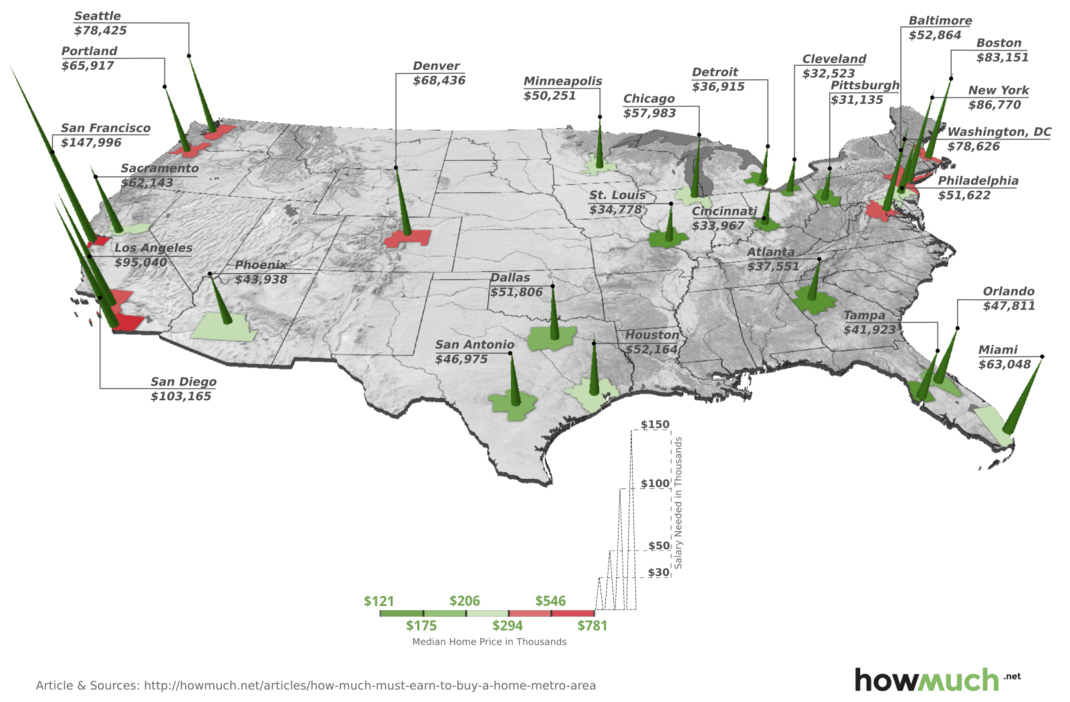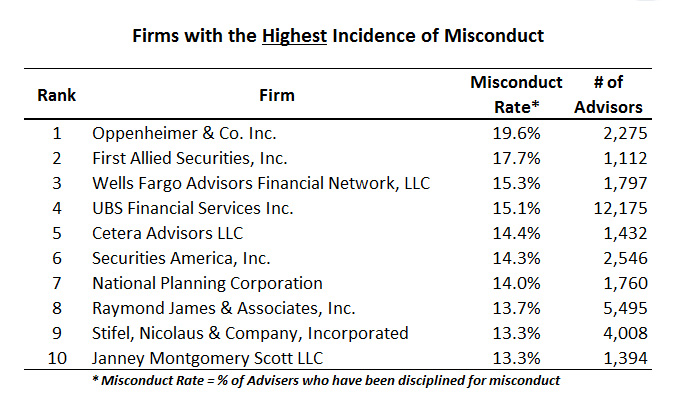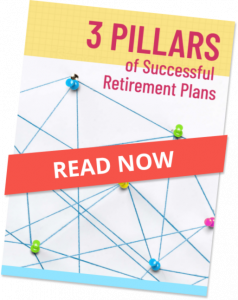“for me, for you, for later” — First Steps to Spending, Sharing, and Saving
 Seasame Street is helping parents teach kids about value with a new program to help kids develop good financial habits:
Seasame Street is helping parents teach kids about value with a new program to help kids develop good financial habits:
Each time your young child sees you spend money or use the ATM, she is building an understanding of what money is. You can guide that understanding with simple activities about making good choices; what has value; and spending, sharing, and saving. Over time you’ll see that, through everyday conversations and fun, you can help your child grow up to make good financial decisions.


























